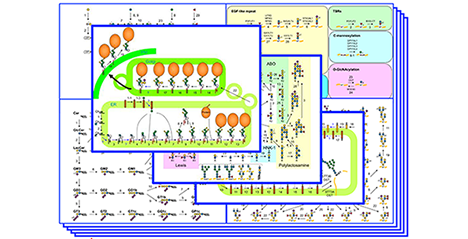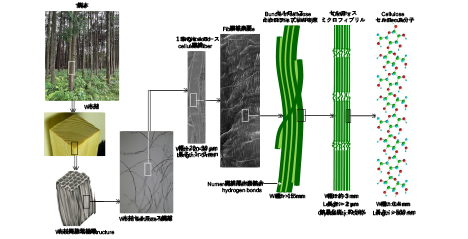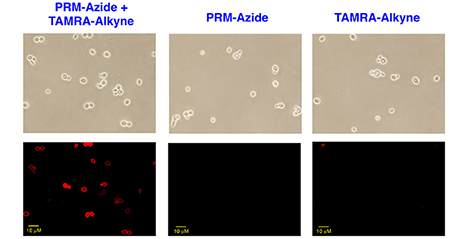Glycans are essential biomolecules that participate in a broad spectrum of biological processes, including protein stabilization, intracellular trafficking and localization, cell adhesion, intercellular communication, and signal transduction. In contrast to nucleic acids and proteins, glycans are synthesized and degraded in a stepwise, non-template-driven manner through the coordinated actions of multiple glycosyltransferases and glycosidases. Their structural diversity—encompassing various isomers and charged residues—renders glycan analysis technically challenging, requiring sophisticated analytical techniques and specialized expertise. Consequently, it remains difficult to determine which glycan structures are synthesized in specific cells or tissues. To address these challenges, we developed GlycoMaple, a user-friendly platform for visualizing glycan metabolic pathways. Leveraging transcriptomic data derived from RNA sequencing analysis of cells or tissues, GlycoMaple enables users to predict the repertoire of glycans likely to be synthesized. Moreover, by comparing datasets across multiple samples, the tool facilitates the identification of differences in glycan metabolic profiles. GlycoMaple serves not only as a valuable complement to experimental glycomics but also as a versatile resource for applications such as glycoengineering and the discovery of disease-associated glycan markers. In this review, we describe the development of GlycoMaple, highlight its features and functionalities, showcase representative applications, and discuss future directions. ...and more

The effective utilization of plant cellulose and its expansion in quantity are highly expected for creation of a sustainable society. This is because cellulose is a renewable material that fixes CO2 in the atmosphere. In various cellulose materials, cellulose nanofibers (CNFs) prepared from plant cellulose fibers are attracting attention as new bio-based nanomaterials. It has already been known that plant cellulose fibers are aggregates of crystalline nanofibers called “cellulose microfibrils (CeMFs).” However, because CeMFs are strongly bound to each other by numerous hydrogen bonds in each cellulose fiber, individual CNFs separated from CeMF bundles have been impossible to prepare and use as nanomaterials. We have reported that fully nano-dispersed CNFs can be prepared by catalytic oxidation of plant cellulose fibers under aqueous conditions at room temperature and normal pressure. In this paper, the method of preparing CNFs is described, and their structures and functions are reviewed with related research achievements. ...and more

Plastic waste has emerged as a pressing environmental challenge. Nevertheless, modern society continues to rely heavily on plastics for their affordability and convenience. Supramolecular polymers present a promising pathway toward addressing this issue. Our research seeks to develop “innovative polymer materials for the Sustainable Development Goals era” that display unique solid-state properties unattainable with conventional covalent polymers. In this review, we highlight a class of supramolecular plastics that not only exhibit outstanding mechanical performance but also demonstrate environmental responsiveness. In the presence of electrolytes, these materials can fully dissociate into their constituent monomers. ...and more

Pradimicin A (PRM-A) is a natural product derived from actinomycetes. Since its discovery as a unique compound with an ability to bind mannose (Man) in the 1990s, much attention has been paid to the molecular basis of Man recognition by PRM-A. However, aggregation of PRM-A in solution has severely limited our understanding of how PRM-A recognizes Man. Over the past decade, our work addressed this issue by using solid-state nuclear magnetic resonance (NMR) methods and finally resulted in a reliable molecular model of Man binding to PRM-A. We have also demonstrated that PRM-A could be applicable to detection of Man-containing glycans and suppression of pathogen infections. This article outlines our studies related to the molecular basis of Man recognition by PRM-A and discusses its possible applications to glycobiological research and drug development. ...and more
